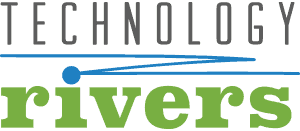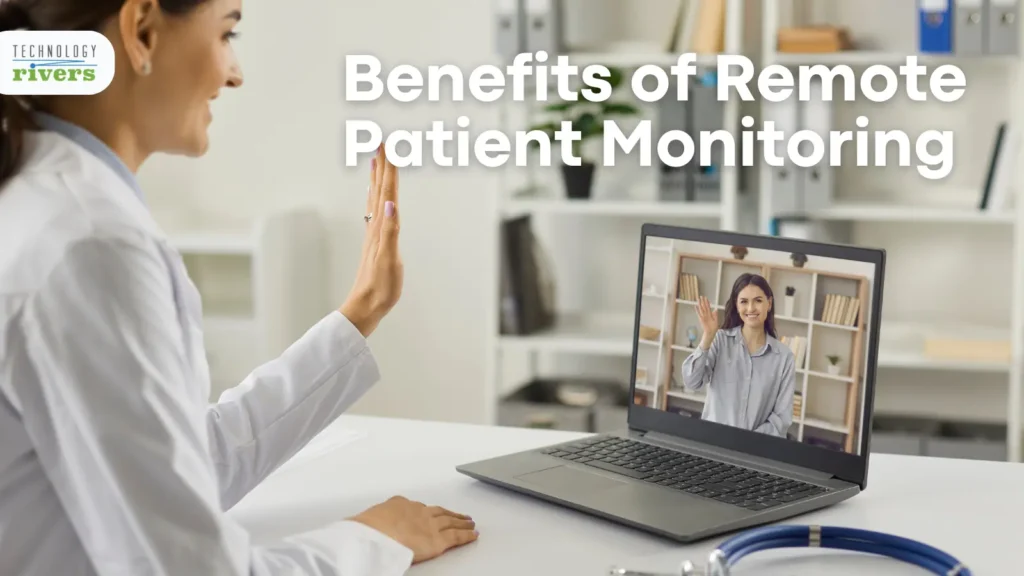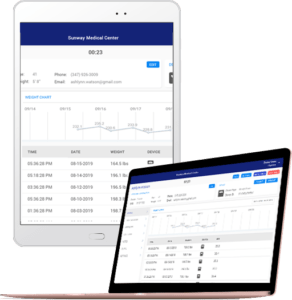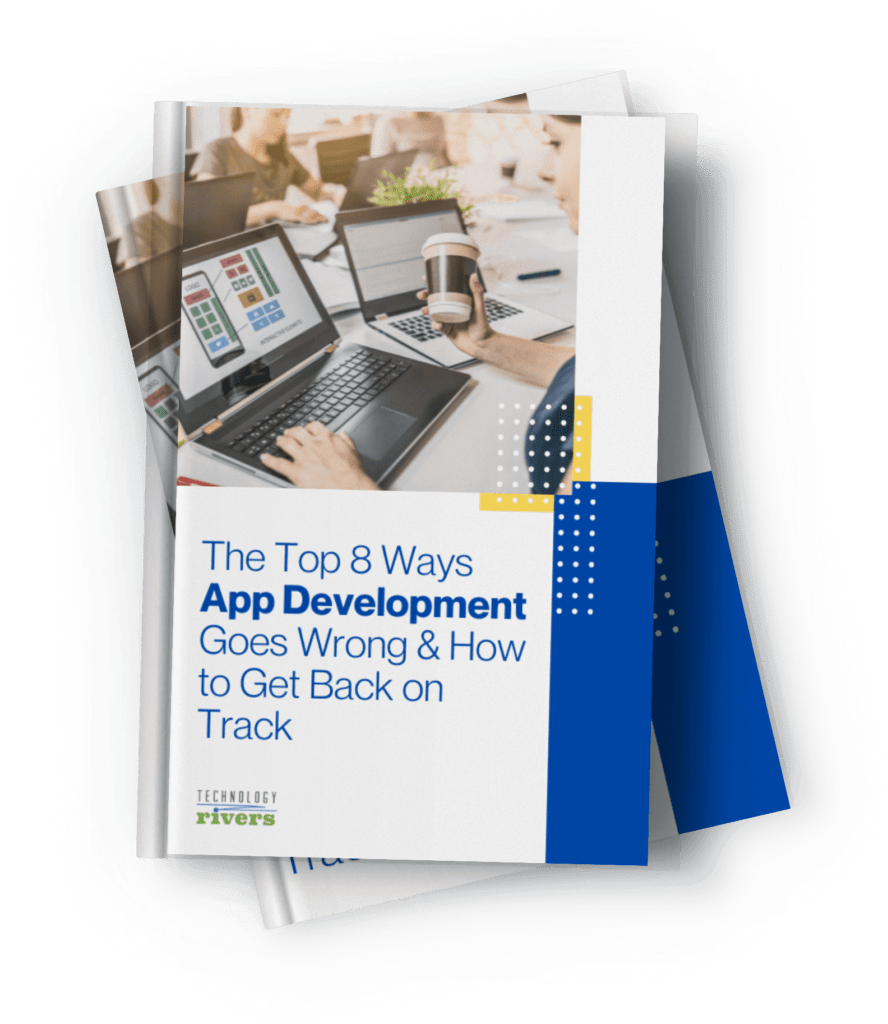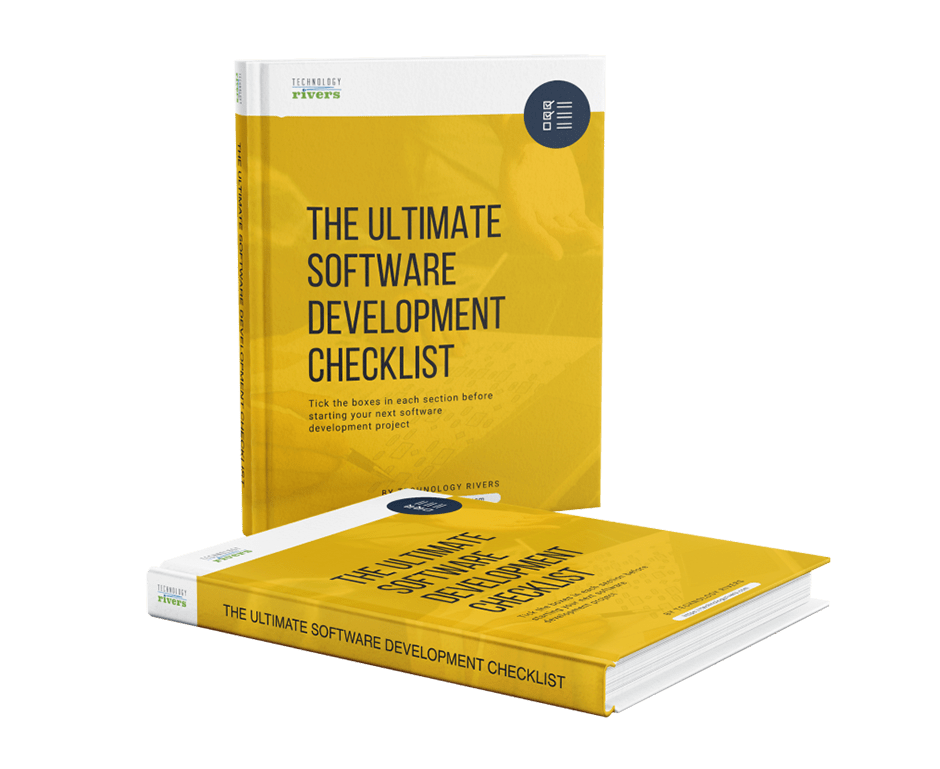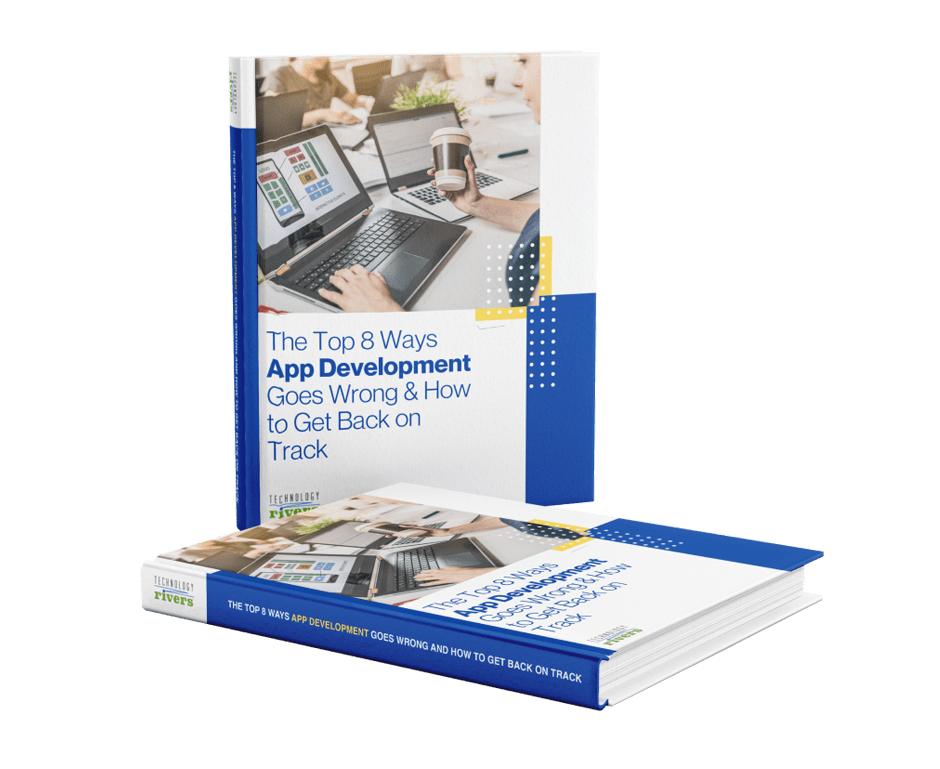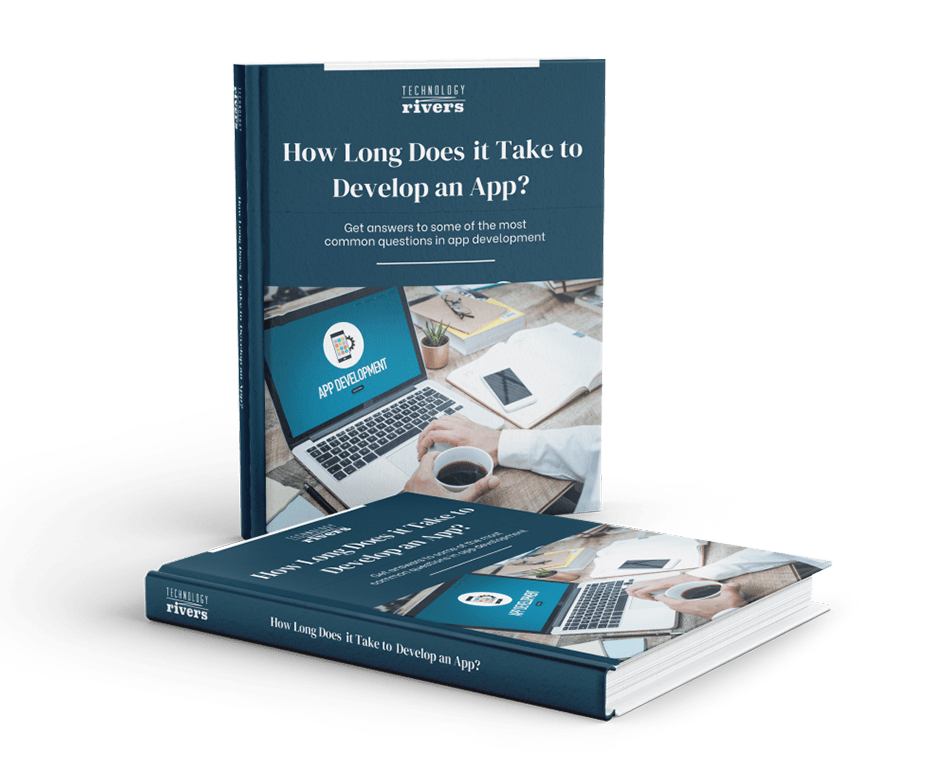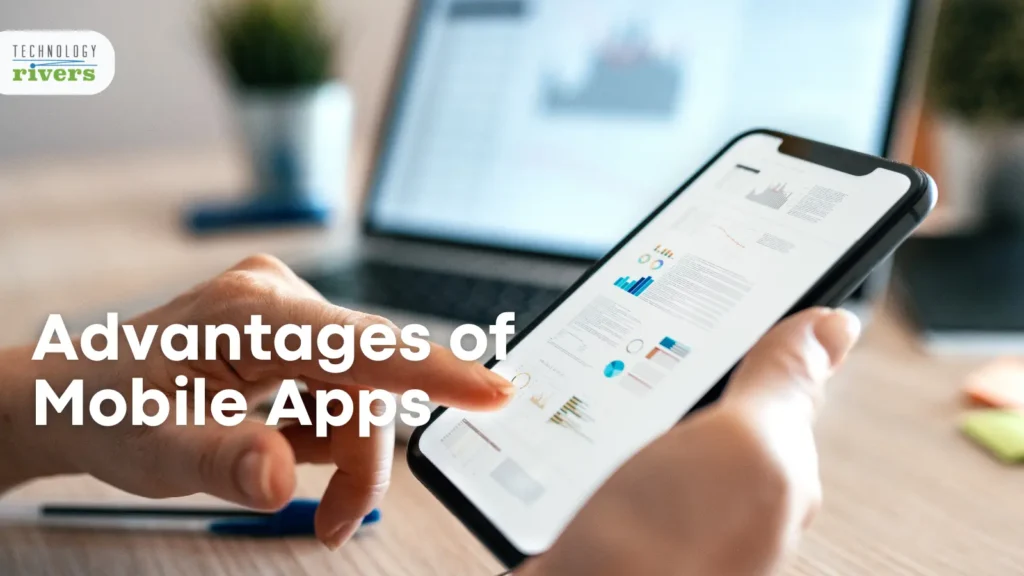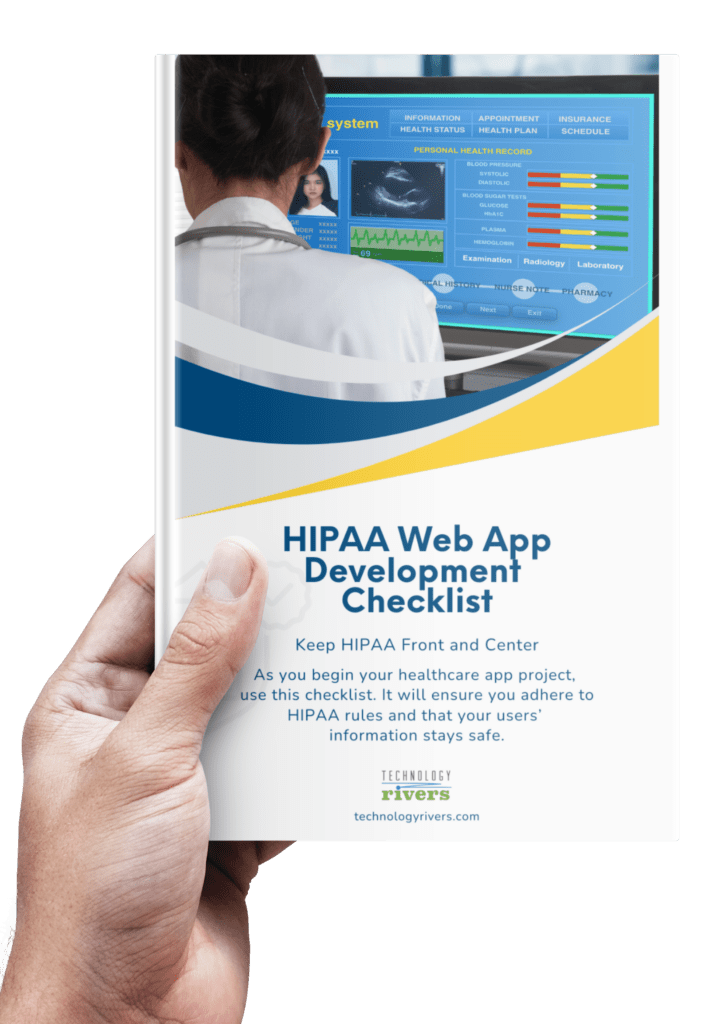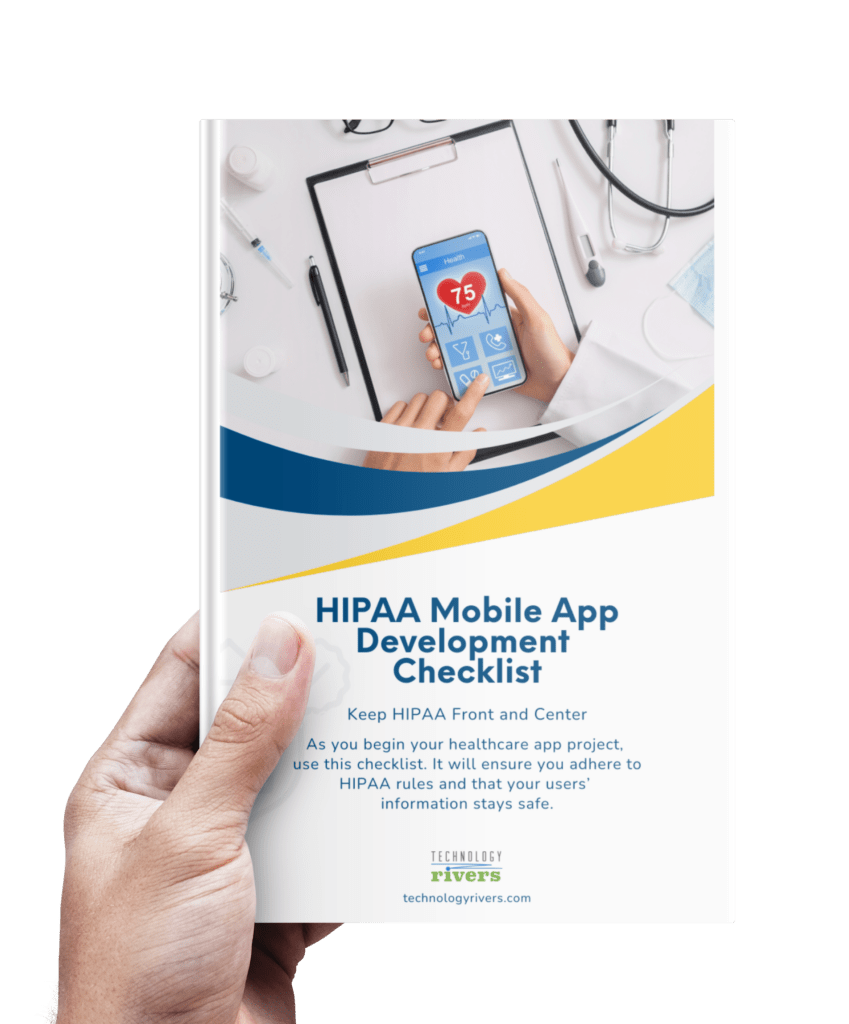If you’re running or building a health-tech business, integrating Remote Patient Monitoring (RPM) into your offerings can significantly enhance your value proposition. RPM technology enables the continuous monitoring of patients outside traditional healthcare settings, offering a pathway to more proactive, personalized healthcare solutions. This approach not only meets the growing demand for accessible healthcare but also positions your company at the cutting edge of healthcare innovation. For founders, understanding and leveraging the potential of RPM can lead to improved patient outcomes, operational efficiencies, and expanded market opportunities.
In this article, you will learn:
- RPM’s role in enhancing patient access and care personalization.
- Operational and cost benefits for healthcare providers using RPM.
- How RPM can drive success and growth for your healthtech startup.
Join us as we explore the transformative potential of remote patient monitoring for both patients and providers, outlining strategic advantages for healthtech founders eager to make a lasting impact in the healthcare industry.
What exactly is Remote Patient Monitoring?
As a healthtech founder, your mission is to bridge gaps in healthcare through innovative technology. Remote Patient Monitoring (RPM) stands as a pillar of this mission, offering a dynamic approach to healthcare that benefits patients and providers alike. At its heart, RPM involves the use of digital technologies to monitor and analyze patient health data in real-time, outside of conventional clinical settings. This shift towards digital healthcare is not just a trend; it’s a response to a critical need for more accessible, personalized, and efficient healthcare services.

Why RPM Matters
- Expanding Healthcare Accessibility: RPM erases geographical and logistical barriers, making healthcare accessible to patients in remote locations or with mobility challenges. For startups, this means the opportunity to serve a broader audience, enhancing healthcare equity and reach.
- Enabling Personalized Care: By continuously monitoring health data, RPM allows healthcare providers to tailor care to the individual needs of each patient. This level of personalization is not just a patient preference; it’s becoming a standard of care, driving patient satisfaction and outcomes.
- Driving Efficiency and Cost Reduction: For healthcare providers, the efficiency gains from implementing RPM are manifold. By reducing the need for in-person visits, RPM can lower operational costs and optimize resource allocation, translating into a leaner, more sustainable healthcare delivery model.
Technological Integration
RPM technology is ever-evolving, encompassing wearable devices, mobile health apps, and telehealth platforms. These tools collect a wide range of health data, from vital signs to physical activity, which can be analyzed for insights into patient health and wellness. For healthtech startups, staying at the forefront of this technological evolution means not just developing new devices or software but also integrating these solutions into cohesive systems that enhance the healthcare experience.
The power of RPM lies not just in data collection but in data analysis. Advanced analytics and machine learning algorithms can transform raw health data into actionable insights, enabling proactive healthcare interventions and personalized care plans. For startups, investing in robust analytics capabilities is crucial for unlocking the full potential of RPM technology.
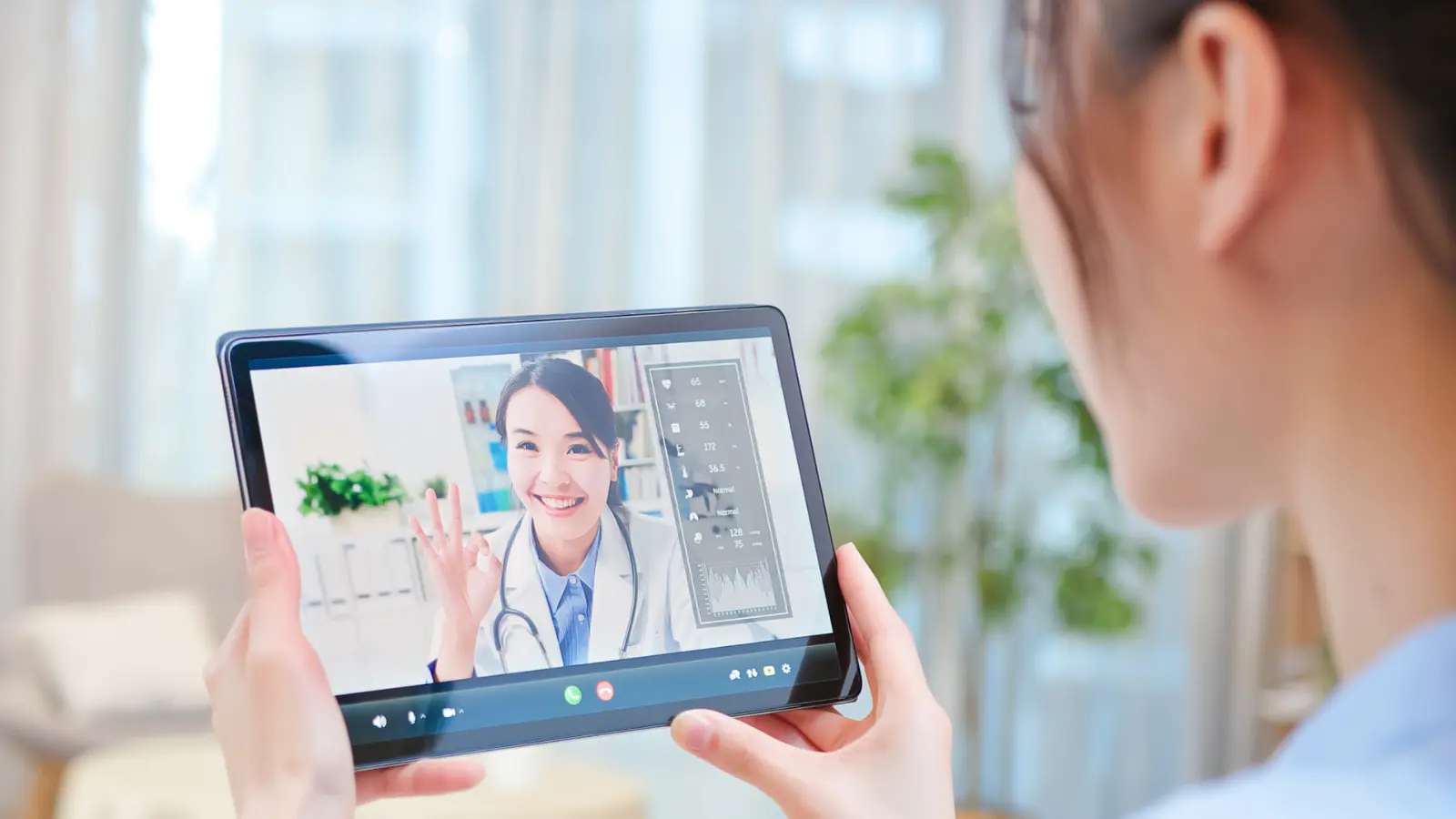
Advantages for Patients
In the heart of any healthtech innovation lies its impact on the end users — the patients. RPM, with its patient-centric approach, significantly elevates the standard of care. Understanding these benefits can guide you in tailoring your RPM solutions to meet and exceed patient expectations, setting your startup apart in a competitive landscape.
RPM demolishes traditional barriers to access, offering patients the convenience of receiving high-quality care from the comfort of their homes. This is especially crucial for individuals living in rural or underserved areas where healthcare facilities may be scarce. By making healthcare more accessible, your startup not only contributes to closing the accessibility gap but also opens up a wider market for your solutions.
The continuous nature of RPM allows for a deep understanding of each patient’s unique health profile, enabling personalized care plans that adjust to their evolving health needs. This proactive approach can prevent complications and hospital readmissions, particularly for chronic conditions like diabetes or heart disease. For healthtech founders, this means designing RPM systems that not only monitor but also analyze and predict, providing invaluable insights for both patients and providers.
RPM actively involves patients in their own healthcare, fostering a sense of empowerment and engagement. With real-time access to their health data, patients can make informed decisions about their lifestyle and treatment options, leading to better health outcomes. For startups, developing user-friendly interfaces and educational resources that complement your RPM technology can enhance patient engagement and satisfaction.
By mitigating the need for frequent in-person visits and hospitalizations, RPM can significantly reduce healthcare costs for patients. This economic benefit, combined with the health advantages of early intervention and personalized care, makes RPM an attractive proposition for patients. For founders, emphasizing the cost-effectiveness of your RPM solutions can be a key selling point to both patients and healthcare providers.
Operational and Financial Benefits for Healthcare Providers
RPM doesn’t just revolutionize patient care; it also introduces significant operational and financial advantages for healthcare providers. These benefits are key selling points for healthtech startups looking to persuade healthcare organizations to adopt their RPM technologies.
RPM enables healthcare providers to monitor multiple patients remotely, significantly reducing the need for frequent in-person visits. This efficiency not only optimizes healthcare delivery but also allows providers to allocate resources more effectively, caring for more patients without sacrificing quality. For startups, offering RPM solutions that integrate seamlessly into existing healthcare workflows can be a game-changer, reducing the friction of adopting new technologies.
The proactive nature of RPM leads to better management of chronic conditions and early detection of potential health issues, resulting in improved patient outcomes. Additionally, the convenience and personalization associated with RPM enhance patient satisfaction—a key metric for healthcare providers in an increasingly competitive market. For healthtech founders, highlighting the potential of your RPM solutions to improve both outcomes and patient satisfaction can make your technology indispensable to healthcare providers.
By minimizing unnecessary hospital readmissions and emergency room visits, RPM can significantly cut healthcare costs. These savings are vital for healthcare providers operating under tight margins or value-based care models, where reimbursement is tied to patient outcomes. Healthtech startups that can demonstrate how their RPM solutions contribute to cost reduction and better financial performance will find a receptive audience among healthcare providers.
The wealth of data collected through RPM can be analyzed to glean insights into patient health trends, treatment efficacy, and potential areas for care improvement. This data-driven approach not only enhances individual patient care but can also inform broader healthcare strategies and policies. For startups, the ability to offer advanced analytics and actionable insights from RPM data can set your solutions apart as not just tools for monitoring but as instruments for strategic decision-making.

Why RPM is a Good Strategy for Healthtech Founders
As a healthtech founder, integrating Remote Patient Monitoring (RPM) into your portfolio isn’t just about adding a new product—it’s about embracing a strategic tool that can redefine your market position and value proposition. RPM offers several key strategic advantages that can help your startup stand out, scale, and succeed in the competitive healthtech ecosystem.
The demand for RPM solutions is on the rise, driven by an aging population, the prevalence of chronic diseases, and a shift towards value-based care models. This growing market presents a significant opportunity for healthtech startups to meet unaddressed needs with innovative RPM technologies. By focusing on RPM, you can tap into new revenue streams, expand your customer base, and position your startup as a leader in a high-growth sector.
RPM allows for continuous innovation, not only in terms of the technology itself but also in how healthcare services are delivered and managed. By developing unique RPM solutions that offer superior user experience, advanced data analytics, or integration with other digital health platforms, you can differentiate your startup from competitors. Innovation in RPM can be a key driver of brand recognition, customer loyalty, and market share.
The implementation of RPM technologies often requires collaboration between healthtech startups, healthcare providers, payers, and other stakeholders. These partnerships can be strategic assets, providing access to expertise, resources, and networks that can accelerate the development and adoption of your RPM solutions. By fostering strong relationships with healthcare organizations, you can ensure that your RPM technologies are aligned with the needs of the market and are positioned for widespread adoption.
Understanding the regulatory and reimbursement environments is crucial for RPM success. Healthtech founders must navigate these landscapes adeptly, ensuring that their RPM solutions comply with healthcare regulations and qualify for reimbursement under existing frameworks. By staying ahead of regulatory changes and advocating for favorable reimbursement policies, you can secure a competitive advantage and make your RPM solutions more attractive to healthcare providers and patients.
To Wrap Things Up
We’ve taken a good look at how Remote Patient Monitoring (RPM) can change healthcare for the better. For those creating new healthtech solutions, RPM opens up lots of possibilities for making patient care better and operations smoother. It’s all about giving patients more control, making healthcare more accessible, and helping providers work smarter.
We’ve been working on something special in the healthtech space, including an app that puts RPM ideas into action. It’s designed to make a real difference in patient care and healthcare management. If RPM sounds like something you want to dive deeper into or if you’re thinking about how it could fit into your business, we’re here to chat.
Check Out This Healthtech App We Built – See RPM in Action
If you’re curious about RPM and thinking it might help your business, let’s talk. We’re all about exploring new ideas and making healthcare better together.

